And what does it have to do with Newton’s Cradle?
Welcome back – if you haven’t checked out Part I (it’s important!), do that right now then come right back!

If you’re unfamiliar, Newton’s Cradle is a very simple device that demonstrates the principle of conservation of energy.
So what does this have to do with anything?
Glad you asked – we all have a finite amount of room in our lives. Every time you make any positive choice for yourself – whether its something physical like taking a class or a dietary choice like snacking on an apple – a potential bad choice (or a choice that simply isn’t as good) is removed from the equation.
But make no mistake, this phenomenon works in both directions. Every time you opt for that second beer or for the nachos, you’re pushing something good off the other end..
Can I live?
Of course! You didn’t let me finish. I’m the last person to stand on a high horse and bark out orders as if I’m always perfect. The key is simply to start making the good choice more often, and to slow (with the goal of ending) the excuses. The more good you feed into your life (more on this momentarily), the more bad you weed out. Our actions become our habits, and these habits – good or bad – become who we are.
How do you judge Good vs Bad?
One simple concept. Nutrient Density.
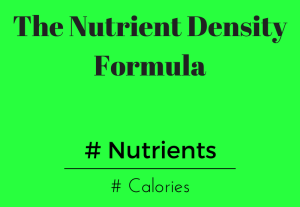 Nutrient Density is, quite literally, how densely packed a food is with nutrients relative to its caloric content. Take something like a bowl of carrots. Carrots are packed with nutrients like Vitamin A, carotene, fiber, etc – and have very few calories.. we would call carrots a very nutrient dense food.
Nutrient Density is, quite literally, how densely packed a food is with nutrients relative to its caloric content. Take something like a bowl of carrots. Carrots are packed with nutrients like Vitamin A, carotene, fiber, etc – and have very few calories.. we would call carrots a very nutrient dense food.
As an extreme counter example, compare that to a Big Mac. Not totally deficient of nutrients, a Big Mac has a decent amount of iron, vitamin B-12 and potassium.. but (and that’s a big but..) it also packs 540 calories. We would obviously call this a food with very low nutrient density. It shouldn’t be all too surprising that we should avoid these types of foods.
Admittedly, not all foods are so cut and dry, and a lot of times we’re told what to eat and how to purchase by very well-funded (and defended) marketing firms who appeal to our emotions. Buzz words like “gluten free,” “low fat,” and “heart healthy” have taken over the shelves, and cartons picturing happy and healthy families or cows roaming freely in beautiful pastures dominate the labeling scene.
But, much like you are trained (and thus highly skilled) in your profession, the experts from whom I have learned and I are highly skilled in ours. We spend our time poring through research and figuring out the healthiest ways to live so that we can share it with you. With a little effort and guided education, you can make the necessary adjustments for yourself.
 Before we begin, the difficult [but necessary] truth:
Before we begin, the difficult [but necessary] truth:
Health isn’t easy. In fact, its the reason I’m able to support myself by working full time in the industry.. If it was, everyone would be running around with 6-packs and resting heart rates in the 40s, and I’d be employed elsewhere.
We’ve reached the point where I need to share with you, that if you don’t make the decision to take charge of your own situation, it will never improve. I hate to be the bearer of bad news, but you can have the best team of doctors in the world – but all they can do is prescribe you medication and perform your bypass surgery before it’s too late.
Please understand that I don’t say this to be rude or dismissive towards the challenges many people undoubtedly face, of which there are many. We simply need to acknowledge the elephant in the room that it is not enough to simply show up and expect the rest to fall into place.
The Nutrient Density Chart
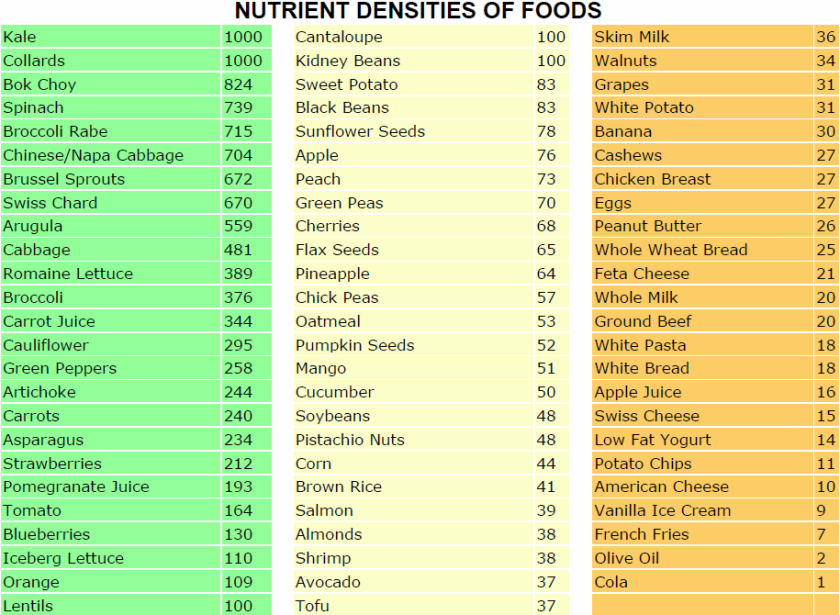
These numbers, while seemingly arbitrary, place foods on a spectrum of 1,000 all the way down to 1. This quantification is known as a food’s ANDI score, popularized by Dr. Joel Fuhrman. At the top left of the list you’ll find foods we all know and appreciate to be amongst the healthiest available, and as you first move down and then to the right, you’ll find foods that are less nutrient dense.
For our purposes, the formula couldn’t possibly be any simpler. Choose more foods with higher nutrient density, and more often. Much like Newton’s Cradle, by simply inputting more smart options, you have less room for the bad. Don’t argue with physics.
While there is room for debate on exactly what constitutes a necessary nutrient and its overall value in the diet, the fact remains: to live better, you must give your body as broad a spectrum of plant-based nutrients as you can. The rest will work itself out.
The Good:
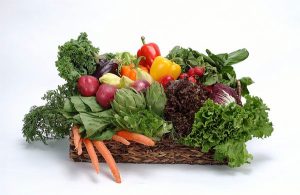 Some choices like kale and broccoli are obvious, but others may be more difficult.. Where do grains like brown rice fall, for example? How about lean proteins like fish? Aren’t these staple health foods?
Some choices like kale and broccoli are obvious, but others may be more difficult.. Where do grains like brown rice fall, for example? How about lean proteins like fish? Aren’t these staple health foods?
Stick to the formula. Do the investigative work. The beauty of this knowledge is that once you know it – you know it. As an example, I know that when I have the option of brown rice versus quinoa or lentils, I should choose the latter as often as possible.
Yes, it’s one little decision, made one time. But these decisions add up. $1 in your IRA today is worth $2 tomorrow – but that’s exactly the point: you have to do it, and you have to start today.
As a simple and general rule of thumb, the hierarchy is as such:
- Leafy greens. Kale, collards, romaine, cilantro.
- Cruciferous vegetables. Broccoli, cauliflower, brussels sprouts.
- Colorful vegetables. Carrots, cabbage, peppers, eggplant.
- Fruits. Apples, papaya, oranges, lemon.
- Whole grains. Lentils, quinoa, wild rice, brown rice.
- Nuts/seeds. Chia, flax, almonds, walnuts.
The Bad:
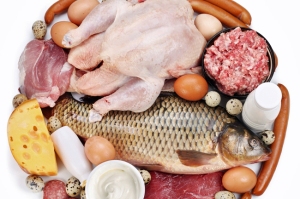 Odds are you already know what’s coming – but luckily these points are simply for your review. Again, some choices are obvious such as soda or candy, but what about things like milk, honey or granola? Stick to the formula!
Odds are you already know what’s coming – but luckily these points are simply for your review. Again, some choices are obvious such as soda or candy, but what about things like milk, honey or granola? Stick to the formula!
For a rule of thumb, products you should shy away from when possible (listed from abysmal to just not-so-great):
- Soda. Zero nutritional value.
- Cheeses. Concentrated fat that packs calories with few nutrients.
- Other dairy such as yogurt/milk. Even when low fat.
- Red meat. Very high in cholesterol and saturated fat.
- White potato/white rice. Very few nutrients.
- Lean protein such as chicken/fish. Contain less fat compared to red meat but are generally still devoid of any worthwhile nutrients.
An [Ugly] Truth:
The debate is over: animal products are not good for you. This is no longer an argument. The evidence is overwhelming, If you rebuke those who deny climate change even as they hold mounds of their version of “scientific evidence,” The only people still trying to sell you on the idea of animal products, are those who are literally selling you animal products. To embrace one and not the other would be hypocritical! You must hold all sciences to the same standard – even those you wish told a different story.
Source 1 Source 2 Source 3
In Closing:
I share this information not with the goal of turning everyone into a vegan, but to at the least get everyone on board with the idea of making better choices and exactly how you can quantify them. In these last two posts (Part I here), a few ideas should have been made abundantly clear:
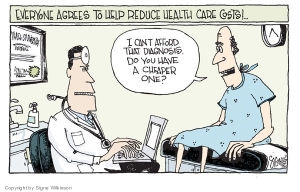 What we have:
What we have:
- Healthcare, and the state of healthcare in the United States, is in morbid disarray
- We’re fat (getting fatter), sick (getting sicker), and costs to consumers and to the government are rising with no signs of slowing
- The consumer has been led astray by confusing and conflicting advertising and information that is centered on profit to shareholders instead of their health
What we need:
- The simplest way to start the process of improvement starts with the idea of making better choices
- More good IN = more bad OUT
- Nutrient Density is by far the most important concept in making good dietary choices
- Plant-based options provide far more nutrients than any other food choice
- Especially when viewed in the context of nutrient density, quite literally how many nutrients they provide per calorie
What happens next is up to you..


